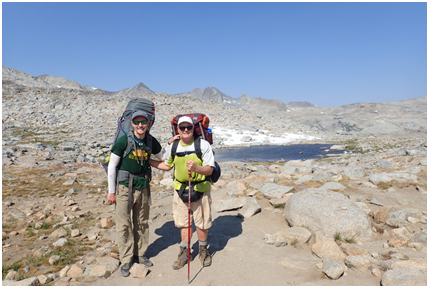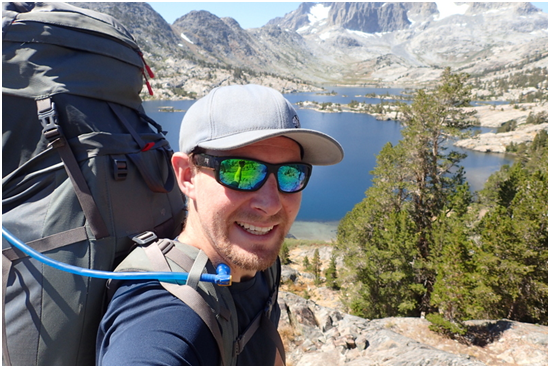Summer can be the perfect time for hiking, but it can also be dangerous and uncomfortable. Don’t be afraid to enjoy the great outdoors, but do remember the following tips when it comes to staying safe.

Begin early
If temperatures are set to rise, start your hike early so that you can get the majority of any elevation gain done before the hottest part of the day, which is usually between 11am and 2pm.
Cover up
Choose long sleeves and long trousers to protect your body from the sun’s rays. Don’t forget a wide-brimmed hat and some UV-blocking sunglasses. Avoid cotton in favour of specialist wicking fabrics.
Hydrate
During a hike, your body loses an average of a litre of fluids each hour, and this can double in hot weather. That’s why it is essential to pack your Vanquest Carry Bag from companies such as http://www.angloforro.co.uk/product/vanquest-envoy-3-0-messenger-bag/ or your rucksack with plenty of water. Take more than you think you will need and sip it frequently. If you start to feel thirsty, your body is already dehydrated.

Replace salts
Rebalance your electrolytes and keep your energy levels up with complex carbohydrates. Team trail mixes with starchy fruit such as apples or pack electrolyte drink mixes.
Rest when you need it
Chill out in the shade for a while to give your muscles time to recover and allow your sweat to evaporate and your body temperature to come down.
Remember the extras
Look after sweaty feet by packing your bag with two pairs of spare socks. When you change them, tie them on the outside of your bag and let them dry out. You might also need some insect repellent to keep the bugs at bay, depending on where you are hiking.
Beware of heat stroke
Know the signs of heat stroke so you’ll be aware if you’re heading for trouble. Early signs can include dizziness, a throbbing headache, nausea, muscle cramps, a lack of sweating, and confusion or disorientation. Find out more about heatstroke at https://beta.nhs.uk/conditions/heat-exhaustion-and-heatstroke?WT.mc_id=organic_split.
Check the weather
Don’t just look at the sky; check trusted weather resources for the area where you’re planning to hike.
Pick the right route
Choose a good route for the conditions. If it’s extremely sunny, for example, you may want to avoid areas where shade is very limited.
